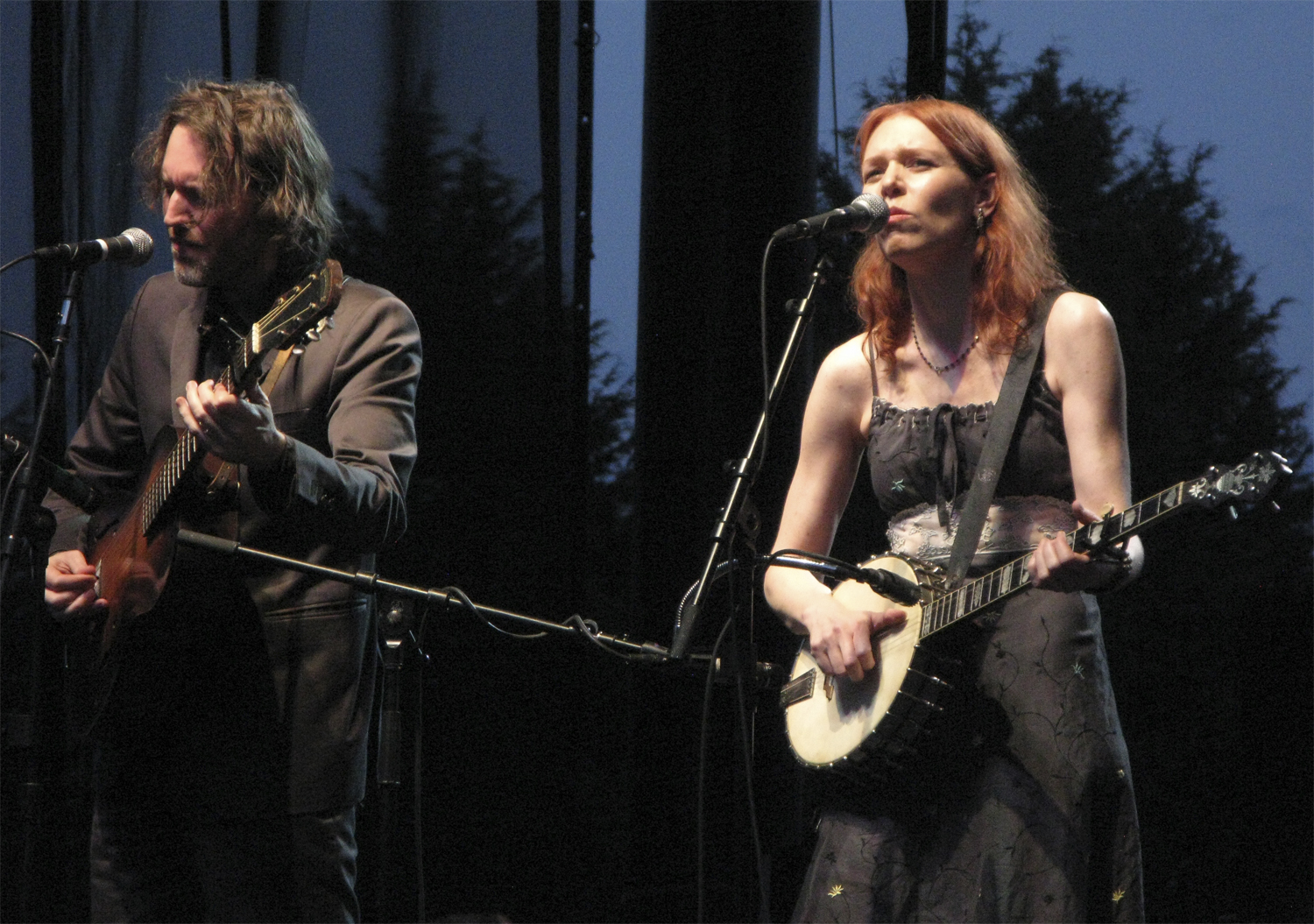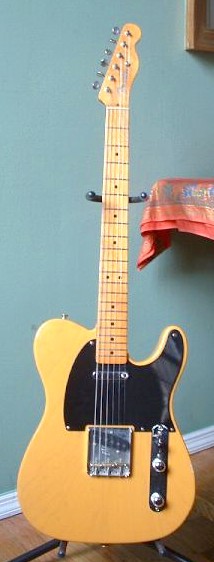Always Unfinished
I try to piece together
This quilt of bits of time.
So I can sleep at night
With all I know is mine.
It will always keep me warm
And always keep me safe,
Those ragged little memories
Of the life I had to make.
And if you scan it closely
You’ll see that you are there
Among the stitched promises
And the empty cans of beer.
Amidst the tears and laughter
And the lovers that went wrong.
Somewhere in between
My countless favorite songs.
I’ve struggled all my days
To keep all the little scraps
Matchbooks and guitar picks,
An endless array of crap.
And I sorted through it all
And I weighed the good and bad
And I pretty much kept everything,
All the happy and the sad.
Yeah it’s taken me a lifetime
To be the girl I am,
And I refuse to live in bitterness
When life didn’t go as planned.
No I’ll take all that I’m given
And I’ll be better for it all.
I know it’s all just living
Every single time I fall.
I’m sure I’ve had it better
And I know I’ve had it worse,
But I’m not one to blame another
Or think my life is just a curse.
I want my quilt to span the globe
And cover everyone I’ve met.
I’d like to buy the world a coke
And toast a life of no regrets.
I want you all to sing with me
Some universal happy song.
And know that if you’re really you
Then nothing can be wrong.
Barbie Dockstader Angell
© 2009-present
It’s my great pleasure, friends, to announce that Robert Frost’s Banjo’s own Rockstar Poet in Residence Barbie Dockstader Angell will be publishing a book of children’s poems & illustrations later this year. Barbie’s book will be published by Grateful Steps out of Asheville, North Carolina, a first-rate publisher of children’s literature, & a real force for community building in western North Carolina.
You can get a preview of the book as it’s in progress at this link, & also leave comments there; I know for a fact that Barbie & Grateful Steps are looking to get folks involved in the process, & to my mind it’s a wonderful opportunity to interact with the work of a talented & unique poet.
For myself, I’ll say that this news has made me very happy. Barbie is not simply a contributor to Robert Frost’s Banjo—she’s also a good friend & someone whose creativity I hold in high regard. As a contributor to this blog, her poems & illustrations bring an added dimension that delights me & readers as well—in fact, since Barbie came on board as a contributor in May, her poems consistently have been among the most popular posts.
So please join me in offering Barbie congratulations in a comment, & also please take some time to go to Barbie’s issu site & look at her wonderful book in progress!























